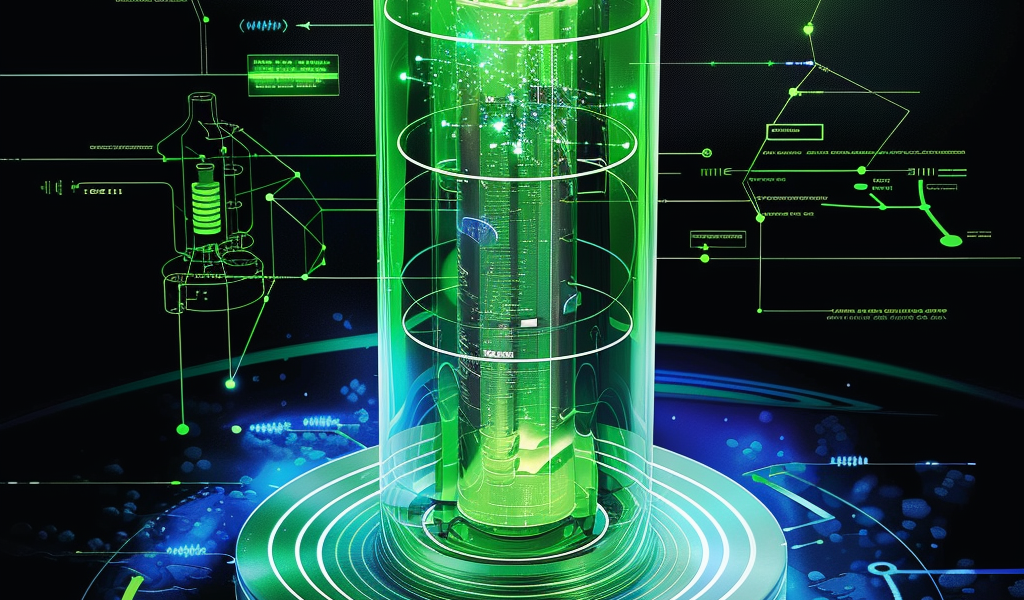In a groundbreaking development for energy technology, researchers have unveiled a new design for a nuclear-powered battery that promises to revolutionize power generation in remote locations, such as deep-sea environments and space missions. This innovative battery harnesses the radioactive decay of americium, a material often regarded as nuclear waste, and has demonstrated unprecedented efficiency levels that could extend its operational lifespan to several decades.
The concept of utilizing radioactive atoms for long-lasting energy solutions has been a topic of interest since the early 1900s. While previous attempts at creating nuclear batteries have resulted in prototypes used in space, their efficiency levels have often fallen short. However, researchers led by Shuao Wang at Soochow University in China have made significant strides, enhancing the efficiency of their nuclear battery design by an astonishing factor of 8000.
The new battery design incorporates a small sample of americium, a radioactive element that releases energy in the form of alpha particles. Although these particles are high in energy, they tend to dissipate quickly into the surrounding environment. To address this, the research team embedded americium within a polymer crystal that effectively converts the emitted energy into a stable and sustained green glow.
To further enhance the battery’s functionality, the glowing americium-doped crystal was paired with a thin photovoltaic cell, a technology that converts light into electricity. This combination was then encased in a tiny quartz cell, measuring just a millimeter in size, resulting in a compact yet powerful energy source.
During extensive testing over a period of 200 hours, the new nuclear battery demonstrated a stable supply of electricity at a relatively high energy output, showcasing its unprecedented efficiency. Remarkably, it achieved this with minimal amounts of radioactive material, making it a safer option for various applications.
Despite its advancements, experts like Michael Spencer from Morgan State University in Maryland note that the new battery still produces significantly less power than conventional energy sources. For instance, it would require approximately 40 billion of these nuclear batteries to generate enough power for a standard 60-watt light bulb. Nevertheless, the research team is already focused on enhancing both the efficiency and power output of their design.
Moreover, the team is working on making the battery easier and safer to use, especially given the presence of radioactive materials. The potential applications for this micronuclear battery are vast, with researchers envisioning its use in powering miniature sensors in remote or challenging environments where traditional power sources may be impractical.
This advancement in nuclear battery technology could pave the way for more sustainable and reliable energy solutions in the future, particularly for missions that require long-lasting power in inaccessible locations. As the research progresses, the hope is to further refine this technology, making it a viable option for various sectors, including space exploration and deep-sea research.
As scientists continue to explore the possibilities of nuclear energy, the implications of this new battery design could be profound, potentially transforming how we approach energy generation in some of the most challenging environments on Earth and beyond.





